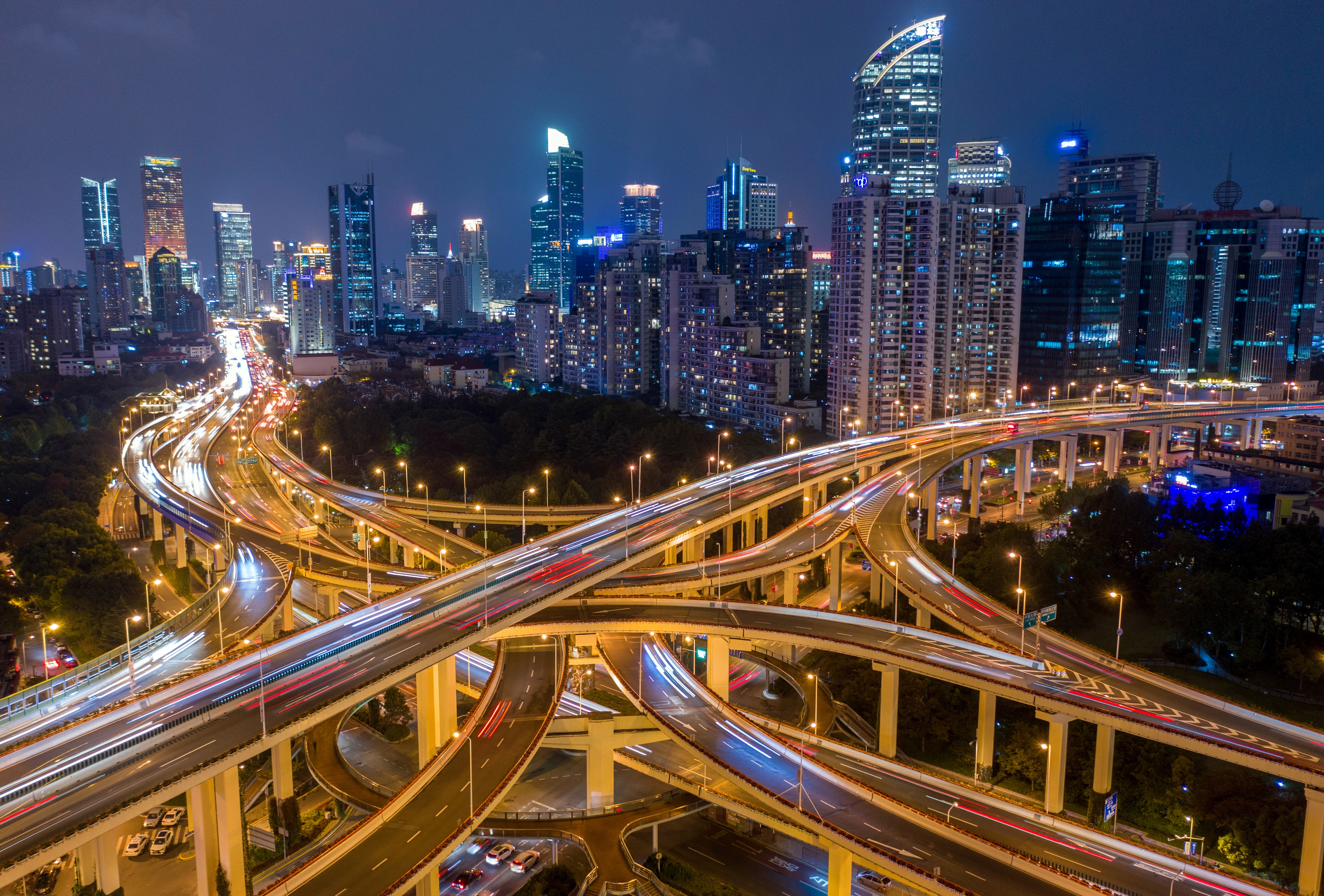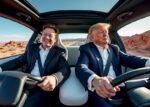China growth hit slowest pace in decades in 2018: AFP survey
China has announced a series of measures to support the economy, which is tipped to have grown in 2018 at its slowest pace in almost three decades (JOHANNES EISELE)
Beijing (AFP) – China’s economy grew at its slowest pace in almost three decades in 2018, analysts in an AFP poll said, as the government struggles to contain ballooning debt and a bruising trade war with the United States.
And in a sign of the battle Beijing faces in getting things back on track, the survey of 13 economists also forecast expansion in the last three months to be at its weakest since the global financial crisis 10 years ago.
The figures are the latest in a long-running trend that have prompted officials to vow they will not let the economy “fall off a cliff” and announce support measures including tax cuts and making it easier for banks to lend.
The full-year figure of 6.6 percent would be the worst since 1990, when the economy was hit by outrage over the Tiananmen Square crackdown a year earlier.
The October-December rate of 6.4 percent marks the slowest quarter since 2009 and indicates China faces a tough year ahead.
“Economic momentum is clearly slowing,” said Raymond Yeung, economist at ANZ bank.
Economists in China and abroad have long suspected data is massaged upward, often noting that full-year gross domestic product hits Beijing’s pre-set targets with suspicious regularity.
A widely respected global business think tank, the US-based Conference Board, says its methodology indicates growth of 4.1 percent growth for the year.
Relations with top trading partner the United States deteriorated sharply last year after President Donald Trump hit roughly half of Chinese imports with new tariffs in an attempt to force trade concessions from Beijing.
The trade war with the US is on hold for now after President Xi Jinping and Donald Trump agreed a three-month ceasefire while the two sides try to find a resolution.
China’s top negotiator is heading to Washington for talks this month ahead of a March deadline to avoid further tariff hikes, while a report said the US is considering lifting some levies in return for reforms by Beijing.
While analysts say the standoff has dented confidence — leaving the stock markets battered and the yuan weakened — they attribute most the downturn to government policies to tackle growing debt, financial risk and pollution.
– Stimulus measures –
The 2018 growth forecast is above the official target of around 6.5 percent but down from the 6.8 percent chalked up in the year before — after officials on Friday revised down the 2017 figure.
The National Bureau of Statistics will release its official results on Monday.
After halting some major infrastructure projects such as subway lines and motorways in the first half of the year to keep a lid on debt, policymakers gradually eased up and encouraged more infrastructure spending in the autumn.
“The squeeze on shadow financing activity took a particularly heavy toll on infrastructure investment,” economists at Fitch Ratings wrote in a report, referring to off-the-books loans.
Analysts say the credit tightening also made loans harder to come by for some would-be car buyers, which contributed to annual car sales falling for the first time in more than 20 years.
It is one of a raft of recent economic indicators that point to a deepening slowdown. Imports and exports fell in December while the manufacturing sector contracted for the first time in more than two years.
Chinese officials have announced tax cuts, fee reductions, and cutting red tape, among other measures to stimulate the economy.
“We propose to keep the Chinese economy operating in a reasonable range, which means that we allow the economic growth rate to have certain fluctuations,” Chinese Premier Li Keqiang told academics and businessmen this week.
“But it cannot have major ups and major downs, and it cannot ‘fall off a cliff’,” he said.
– ‘Sword of Damocles’ –
Li vowed to help private businesses and “take advantage of our massive domestic market”.
With officials intent on not further inflating the debt bubble, and the export picture dimming, it has reinforced the need for China to rely on its legion of consumers to grow its economy.
“We see a fast deceleration on investment and also retail sales, which weigh on the growth slowdown,” said Liu Ligang, chief China economist at Citigroup.
“The financial deleveraging made it really hard for the private sectors to get funding,” he said.
Exports still drive a significant chunk of China’s economy and Washington’s targeting of cars, machinery, electronics, consumer appliances and other products have led some firms to shift production out of the country.
Most exporters sped up their shipments across the Pacific to beat the tariff deadlines, with exports to the US holding up until November.
“The trade war with the US should be regarded as a … Sword of Damocles for the Chinese economy, but its impact is only really visible in the very last months of 2018,” said Bjorn Giesbergen, senior economist at Rabobank.
Disclaimer: This story is published from a syndicated feed. Siliconeer does not assume any liability for the above story. Validity of the above story is for 7 Days from original date of publishing. Content copyright AFP.


